
Touristic Style
What is the Touristic Style?
It is inspired by the outfits of tourists who travel to different places and cultures, and want to blend in with the locals, or stand out with their own flair.
The touristic style is not limited to a specific season or destination, but rather adapts to the environment and the mood of the traveler.
Some of the elements of the touristic style are:
Tropical-printed shirts: These are shirts that feature colorful patterns of fruits, flowers, animals, or landscapes that evoke a tropical vibe.
They can be worn with shorts, jeans, or skirts, and accessorized with hats, sunglasses, or jewelry.
Tropical-printed shirts are perfect for sunny days, beach vacations, or casual outings.Tie-dye designs: Tie-dye is a technique of dyeing fabrics with different colors and patterns, creating a unique and artistic look.
Tie-dye designs can be found on t-shirts, dresses, pants, shoes, bags, and more.
Tie-dye designs are ideal for expressing one's creativity, individuality, and personality.
They can also add a splash of color and fun to any outfit.Bucket or straw hats: These are hats that have a wide brim and a round or flat crown.
They are usually made of straw, cotton, or other lightweight materials.
Bucket or straw hats are great for protecting one's head and face from the sun, as well as adding some style and charm to one's look.
They can be paired with any outfit, from casual to formal, and suit any occasion, from sightseeing to picnicking.Bermuda or cargo shorts: These are shorts that reach the knee or slightly above it. They are usually made of denim, cotton, or other durable fabrics.
Bermuda or cargo shorts are comfortable, practical, and versatile.
They can be worn with any top, from shirts to sweaters, and accessorized with belts, shoes, or socks.
Bermuda or cargo shorts are suitable for any activity, from hiking to shopping.
It is about being adventurous, curious, and fun-loving.
It is about dressing for the journey, not the destination.
Example of the color palette for the image of Touristic Style
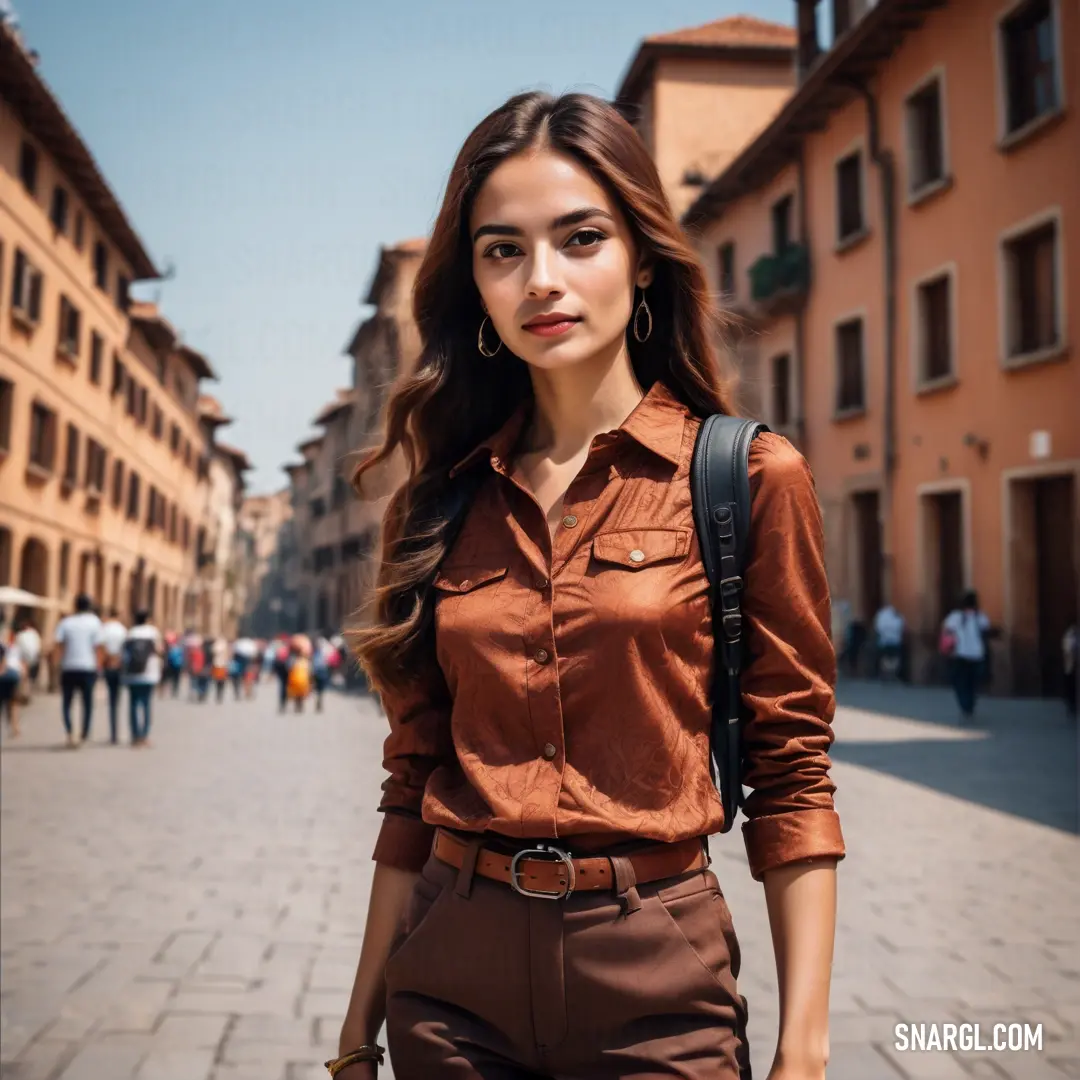
See these colors in NCS, PANTONE, RAL palettes...
What are some of the most iconic Touristic Style outlooks?
Touristic Style architecture can be influenced by various factors, such as the local culture, history, landscape, climate, and market demand.
Some of the most iconic Touristic Style outlooks are:
The Eiffel Tower in Paris, France.
This is a wrought-iron lattice tower that was built for the 1889 World's Fair.
It is one of the most recognizable symbols of France and a global cultural icon.
It has a height of 324 meters and offers panoramic views of the city.The Taj Mahal in Agra, India.
This is a white marble mausoleum that was built by the Mughal emperor Shah Jahan for his beloved wife Mumtaz Mahal.
It is considered one of the finest examples of Mughal architecture and a masterpiece of Islamic art.
It is also a UNESCO World Heritage Site and one of the New Seven Wonders of the World.The Sydney Opera House in Sydney, Australia.
This is a multi-venue performing arts center that was designed by the Danish architect Jørn Utzon.
It has a distinctive shell-like shape that resembles sails or waves.
It is situated on a peninsula that juts out into Sydney Harbour and is surrounded by water on three sides.
It is one of the most iconic buildings of the 20th century and a symbol of Australia's cultural and creative identity.The Burj Al Arab in Dubai, United Arab Emirates.
This is a luxury hotel that was designed by the British architect Tom Wright.
It has a height of 321 meters and resembles a sail of a ship.
It is built on an artificial island and connected to the mainland by a private bridge.
It is one of the most expensive hotels in the world and offers exclusive services and amenities, such as helipads, underwater restaurants, and gold-plated interiors.The Guggenheim Museum Bilbao in Bilbao, Spain.
This is a museum of modern art that was designed by the Canadian-American architect Frank Gehry.
It has a curvilinear shape that is covered with titanium panels that reflect light and change color depending on the weather and time of day.
It is situated along the Nervión River and integrates with the urban landscape and the natural environment.
It is one of the most influential buildings of contemporary architecture and a catalyst for the cultural and economic regeneration of Bilbao.
How to incorporate other influences or trends into the Touristic Style?
It usually involves wearing comfortable, casual, and colorful clothes that reflect the local culture or environment.
Some examples of Touristic Style are Hawaiian shirts, graphic T-shirts, khaki pants, cargo shorts, sarongs, and sandals.
To incorporate other influences or trends into the Touristic Style, you can try the following tips:
Mix and match different prints and patterns that suit your destination.
For example, you can wear a floral shirt with striped pants, or a plaid skirt with a polka dot blouse.
This will create a fun and eclectic look that shows your personality and adventurous spirit.Accessorize with local or handmade items that you can buy from the markets or souvenir shops.
For example, you can wear a scarf, hat, necklace, bracelet, or earrings that are made from local materials or have a cultural significance.
This will add some flair and authenticity to your outfit and also support the local artisans.Choose fabrics and colors that are appropriate for the climate and season of your destination.
For example, you can wear cotton, linen, or silk fabrics that are breathable and lightweight for hot and humid places, or wool, fleece, or leather fabrics that are warm and cozy for cold and windy places.
Also wear colors that match or contrast with the natural scenery or the urban landscape of your destination.
For example, you can wear bright and vibrant colors for tropical or coastal places, or dark and neutral colors for urban or mountainous places.Experiment with different styles and silhouettes that suit your body type and comfort level.
For example, wear a dress or a tunic with leggings or tights, or a sweater or a cardigan with jeans or a skirt.
Wear a belt, a jacket, or a poncho to create some shape and dimension to your outfit.
You can also try different footwear options, such as sneakers, boots, flats, or heels, depending on your activity and preference.
Remember, the most important thing is to have fun and enjoy your travel experience!
What are the essential Touristic Style clothing items and accessories?
This style clothing items and accessories typically include:
Vibrant tropical shirts or tacky prints that stand out from the crowd and show off your personality.
These can be paired with shorts, jeans, or skirts for a relaxed look.
Some examples are Hawaiian shirts, floral prints, or animal patterns.Sandals or sneakers that are easy to slip on and off and can handle different terrains and weather conditions.
They are ideal for warm climates and beach destinations, while sneakers are more versatile and comfortable for walking.
Some brands that offer comfortable and stylish footwear are Keen, Nike, and Vivaia.Sunglasses or hats that protect your eyes and face from the sun and add some flair to your outfit.
You can choose from different shapes, sizes, and colors to suit your preferences and match your clothes.
Some popular options are aviators, wayfarers, or bucket hats.Lei or scarves that add some color and texture to your neck and shoulders and can also be used as a headband, belt, or bracelet.
Lei are traditional Hawaiian garlands made of flowers, shells, or feathers, while scarves can be made of silk, cotton, or wool.
They can also serve as souvenirs or gifts from your travels.Crossbody bags or backpacks that can hold your essentials and keep your hands free.
Crossbody bags are smaller and more convenient for carrying your phone, wallet, and keys, while backpacks are larger and more suitable for carrying your laptop, camera, and books.
Some features to look for are durability, water-resistance, and security.
Some brands that offer quality bags are Baggallini, Everlane, and lululemon.
How to keep the Touristic Style updated and fresh?
Touristic style can be updated and fresh by following some of these tips:
Incorporate elements of local culture, history, and identity into the design.
This can create a sense of authenticity and connection for the visitors, as well as respect and appreciation for the host community.
For example, the Temple of Apollo in Delphi, Greece, is a UNESCO World Heritage Site that reflects the ancient Greek civilization and its religious beliefs.Use sustainable and innovative materials and technologies that minimize the environmental impact and enhance the aesthetic appeal of the project.
This can also demonstrate the social responsibility and creativity of the designers and developers.
For example, the Burj Khalifa in Dubai, United Arab Emirates, is the world's tallest building that uses advanced engineering and design techniques to reduce energy consumption and water usage.Create interactive and immersive experiences that engage the senses and emotions of the visitors.
This can also provide opportunities for learning, entertainment, and social interaction.
For example, the Sagrada Familia in Barcelona, Spain, is a stunning basilica that features intricate sculptures, stained glass windows, and light effects that create a spiritual atmosphere.Adapt to the changing needs and preferences of the tourists and the market.
This can also involve collaborating with other stakeholders, such as local authorities, communities, businesses, and media, to promote and enhance the destination.
For example, the Eiffel Tower in Paris, France, is an iconic landmark that has undergone several renovations and additions over the years, such as installing elevators, lighting systems, restaurants, and observation decks.
What are the common mistakes or faux pas to avoid when dressing Touristic Style?
However, this style can sometimes be inappropriate, disrespectful, or offensive to the people and places they are visiting.
Here are some common mistakes or faux pas to avoid when dressing touristic style:
Wearing clothes that are too revealing, tight, or skimpy.
This can be seen as disrespectful or indecent in some cultures, especially in religious sites or conservative areas.
For example, some temples, mosques, churches, and synagogues may require visitors to cover their shoulders, knees, and head.Wearing clothes that are too casual, sloppy, or dirty.
This can be seen as rude or disrespectful in some cultures, especially in formal settings or occasions.
For example, some museums, restaurants, theaters, and monuments may have a dress code or a standard of etiquette that visitors should follow.Wearing clothes that are too flashy, expensive, or branded.
This can be seen as arrogant or insensitive in some cultures, especially in poor or developing areas.
For example, some locals may feel offended or resentful if they see tourists flaunting their wealth or status with their clothing.Wearing clothes that are too stereotypical, clichéd, or exotic.
This can be seen as ignorant or offensive in some cultures, especially if they are based on inaccurate or outdated assumptions.
For example, some tourists may wear sombreros in Mexico, berets in France, kilts in Scotland, or kimonos in Japan, without knowing the meaning or context behind these garments.Wearing clothes that are too similar, identical, or matching.
This can be seen as boring or unoriginal in some cultures, especially if they are part of a group or a package tour.
For example, some tourists may wear the same T-shirts, hats, backpacks, or accessories as their fellow travelers, making them look like a uniformed mass.
Do some research before you travel.
Learn about the culture, history, religion, and customs of the places you are visiting.
Find out what the appropriate attire is for different situations and locations.
Respect the local norms and values with your clothing choices.Pack wisely and versatilely.
Choose clothes that are comfortable, practical, and suitable for the climate and activities you plan to do.
Avoid clothes that are too revealing, casual, flashy, stereotypical, or similar.
Mix and match different pieces of clothing to create different looks and styles.Shop locally and ethically.
Buy clothes that are made by local artisans and craftsmen using traditional techniques and materials.
Support the local economy and culture with your purchases.
Avoid clothes that are mass-produced, cheaply-made, or exploitative of workers and resources.Be yourself and have fun.
Express your personality and creativity with your clothing choices.
Experiment with different colors, patterns, textures, and accessories.
Enjoy the diversity and beauty of the world with your clothing choices.
How has the Touristic Style changed or evolved over time?
It often involves wearing comfortable, practical, and culturally appropriate clothing, as well as carrying essential items such as maps, cameras, and guidebooks.
Touristic Style can also reflect the personality, values, and lifestyle of the traveler, as well as the purpose and duration of the trip.
Touristic Style has changed or evolved over time, depending on various factors such as fashion trends, technology, social norms, and environmental issues.
Some of the changes or evolutions are:
In the past, travelers often wore formal and elegant clothing, such as suits, dresses, hats, and gloves, to show respect and sophistication.
They also carried large and heavy luggage, such as trunks and suitcases, to accommodate their belongings.
Nowadays, travelers tend to wear casual and comfortable clothing, such as jeans, T-shirts, sneakers, and jackets, to suit different climates and activities.
They also prefer to travel light, with backpacks, duffel bags, or carry-on bags, to save space and money.In the past, travelers relied on printed materials, such as maps, guidebooks, newspapers, and magazines, to get information and inspiration about their destinations.
They also used film cameras, such as Polaroids, to capture and share their memories.
Nowadays, travelers use digital devices, such as smartphones, tablets, laptops, and e-readers, to access and create online content, such as blogs, podcasts, videos, and social media posts, about their travels.
They also use digital cameras, such as DSLRs, GoPros, and drones, to take and edit high-quality photos and videos.In the past, travelers followed the mainstream and popular routes, attractions, and activities, such as visiting famous landmarks, museums, and monuments, or joining organized tours and groups.
They also tended to stick to their own culture and language, and avoid interacting with the locals and other travelers.
Nowadays, travelers seek more authentic and personalized experiences, such as exploring off-the-beaten-path places, nature, and wildlife, or engaging in volunteer and cultural exchange programs.
They also try to learn and respect the local culture and language, and connect with the locals and other travelers.
What are the best tips and tricks for mastering Touristic Style?
Touristic Style can be used in various forms of media, such as travel guides, blogs, brochures, websites, podcasts, videos, and more.
The main purpose of Touristic Style is to create interest, curiosity, and excitement in the potential visitors, as well as to provide them with useful and accurate information that can help them plan and enjoy their trip.
Here are some tips and tricks for mastering Touristic Style:
Know your audience. Different types of tourists may have different preferences, expectations, and needs. For example, some may be looking for adventure, culture, relaxation, or education. You should tailor your style to suit the interests and goals of your target audience.
Use descriptive language. You should use vivid and specific words that can evoke the senses and emotions of your readers or listeners. For example, instead of saying "the beach is nice", you could say "the beach is a paradise of soft white sand, turquoise water, and gentle waves". Avoid using vague or generic terms that can be applied to any place or situation.
Provide relevant and reliable information. You should research your topic thoroughly and verify the facts and details that you present. You should also update your information regularly to reflect any changes or developments. You should avoid giving false or misleading information that can disappoint or harm your audience.
Be concise and clear. You should avoid using long or complex sentences that can confuse or bore your audience. You should also avoid using jargon or technical terms that your audience may not understand. You should use simple and direct language that can convey your message effectively.
Be engaging and persuasive. You should use rhetorical devices such as questions, anecdotes, comparisons, contrasts, statistics, quotes, or testimonials that can capture the attention and interest of your audience. You should also use positive and enthusiastic tone that can convey your passion and appreciation for the place, culture, or activity that you are promoting. You should also highlight the benefits and advantages of visiting or experiencing your topic.
Be respectful and ethical. You should respect the culture, history, environment, and people of the place that you are writing or speaking about. You should avoid using stereotypes, clichés, or offensive language that can insult or harm your audience or the locals. You should also acknowledge and cite the sources of your information and images.
How does the Touristic Style fit with the music, art, or hobbies preferences?
People who prefer this style of travel are interested in seeing the highlights, learning about the history and traditions, and enjoying the local flavors of the places they visit.
They may also seek out activities that are fun, adventurous, or relaxing, depending on their mood and preferences.
Some examples of music, art, or hobbies that fit well with the Touristic Style are:
Music: Listening to live music that represents the local or regional genre, such as flamenco in Spain, samba in Brazil, or country in the USA.
Alternatively, attending concerts or festivals that feature international or famous artists, such as Coachella, Glastonbury, or Lollapalooza.Art: Visiting museums, galleries, or monuments that showcase the artistic heritage, achievements, or innovations of a destination, such as the Louvre in Paris, the Vatican Museums in Rome, or the Guggenheim in New York.
Alternatively, exploring the street art, graffiti, or murals that reflect the contemporary or alternative culture, such as in Berlin, Buenos Aires, or Melbourne.Hobbies: Engaging in hobbies that are popular, unique, or enjoyable in a destination, such as skiing in the Alps, surfing in Hawaii, or shopping in Tokyo.
Alternatively, trying out new hobbies that are related to the local culture, such as salsa dancing in Cuba, yoga in India, or cooking in Thailand.
How does the Touristic Style suit different seasons, occasions, or settings?
Summer:
The Touristic Style is bright, colorful, and comfortable.
Hawaiian shirts, graphic T-shirts, or shirts with loud, vibrant prints are great choices.
For bottoms, khakis, cargo shorts, or a colorful sarong can be worn.
Accessorize with sunglasses, a hat, and a camera.
Winter:
The Touristic Style is warm, cozy, and practical.
Layer up with a fleece jacket, a sweater, or a flannel shirt.
For bottoms, opt for jeans, leggings, or thermal pants.
Complete the look with a scarf, gloves, and boots.
Formal Occasions:
The Touristic Style is elegant, classy, and respectful.
Wear a suit or a dress in a neutral or dark color.
Add flair with a tie, a scarf, or a brooch.
For shoes, go for loafers, heels, or flats.
Casual Occasions:
The Touristic Style is relaxed, playful, and creative.
Mix and match different patterns, colors, and textures.
Experiment with different styles such as bohemian, vintage, or sporty.
Choose sneakers, sandals, or flip-flops for shoes.
Different Settings:
The Touristic Style is adaptable, versatile, and respectful.
Adjust your clothing to suit the climate, culture, and customs of the place you are visiting.
Incorporate local elements into your outfit, such as a hat from Mexico, a scarf from India, or a necklace from Africa.
What are the past or classic trends or influences in Touristic Style?
Some examples of past or classic trends or influences in touristic style are:
The Grand Tour: This was a cultural and educational journey undertaken by young European aristocrats from the 17th to the 19th centuries. They visited major cities and landmarks in France, Italy, Germany, Switzerland, and other countries, and were exposed to the art, literature, philosophy, and politics of the classical and Renaissance eras. The Grand Tour influenced the development of tourism as a leisure activity, as well as the creation of museums, galleries, monuments, and hotels that showcased the cultural heritage of Europe.
The Orientalism: This was a fascination with the exotic and mysterious cultures of Asia and North Africa that emerged in the 18th and 19th centuries. It was reflected in the literature, art, music, and fashion of the time, as well as in the architecture and design of buildings and gardens that imitated or incorporated elements from the East. Examples of orientalist touristic style include the Royal Pavilion in Brighton, England, which was inspired by Indian and Chinese motifs; the Alhambra Palace in Granada, Spain, which was built by the Moorish rulers and later restored by European travelers; and the Eiffel Tower in Paris, France, which was originally intended as a temporary structure for the 1889 World's Fair that celebrated the achievements of French colonialism.
The Modernism: This was a movement that rejected the traditional styles and conventions of art, architecture, and design in favor of innovation, experimentation, and functionality. It emerged in the late 19th and early 20th centuries and was influenced by the industrial revolution, the social changes, and the scientific discoveries of the time. Modernist touristic style aimed to create new forms of expression and communication that reflected the modern lifestyle and culture. Examples of modernist touristic style include the Bauhaus School in Germany, which was a center of education and research for art, design, and architecture, the Empire State Building in New York City, which was a symbol of American economic power and technological progress and the Sydney Opera House in Australia, which was a masterpiece of engineering and aesthetics that blended with its natural surroundings.
What are the current or upcoming trends or innovations in Touristic Style?
It can include aspects such as the type of destination, accommodation, activities, transportation, and even the clothes and accessories they wear.
Touristic Style is influenced by various factors, such as social media, personalization, sustainability, and technology.
Here are some of the current or upcoming trends or innovations in Touristic Style:
Cool weather summer vacations: As the global temperatures rise due to climate change, many travellers are looking for destinations that offer moderate and pleasant weather in the summer season.
This means that northern regions, such as Scandinavia, Canada, and Alaska, are becoming more popular for summer holidays.
These destinations also offer natural beauty, outdoor adventures, and cultural diversity.Low-carbon adventure travel: Adventure travel is a segment that appeals to travellers who seek thrill, challenge, and novelty.
However, many adventure activities, such as flying, driving, or skiing, have a high environmental impact.
Therefore, some travellers are opting for low-carbon alternatives, such as cycling, hiking, kayaking, or camping, that allow them to enjoy nature without harming it.
Low-carbon adventure travel also promotes health, wellness, and local communities.Long distance train travel: Train travel is another way to reduce the carbon footprint of tourism, as trains are more energy-efficient and less polluting than planes or cars.
Train travel also offers a unique and relaxing experience, as travellers can enjoy the scenery, comfort, and convenience of rail transport.
Long distance train travel is especially appealing for those who want to explore multiple destinations, such as Europe, Asia, or Africa, in one trip.Culinary tourism: Culinary tourism is the practice of travelling for the purpose of experiencing the food and drink of a destination.
Culinary tourism can involve tasting local specialties, visiting markets, farms, or wineries, taking cooking classes, or dining at renowned restaurants.
Culinary tourism is a way to learn about the culture, history, and traditions of a place, as well as to satisfy the senses and the palate.Passion focused niche travel: Passion focused niche travel is a trend that caters to travellers who have a specific interest or hobby that they want to pursue or develop while travelling.
For example, some travellers may want to learn a new language, skill, or art form, while others may want to indulge in their passion for music, sports, or photography.
Passion focused niche travel allows travellers to customize their trips according to their personal goals and preferences, as well as to connect with like-minded people.
What are the future or potential trends or directions in Touristic Style?
It can vary depending on the location, culture, history, and purpose of the tourism destination.
Some possible future or potential trends or directions in touristic style are:
Sustainable tourism: As environmental awareness and social responsibility increase, tourists may prefer destinations that minimize their ecological footprint and promote local community development.
Touristic style may reflect this by using renewable energy sources, recycled materials, natural ventilation, green roofs, and other features that reduce environmental impact and enhance the natural beauty of the place.Virtual tourism: With the advancement of technology and the limitations imposed by the COVID-19 pandemic, virtual tourism may become a more accessible and affordable option for many people.
Touristic style may adapt to this by creating immersive and interactive experiences that simulate the real environment and culture of the destination.
Virtual tourism may also offer opportunities for customization, personalization, and gamification of the tourist experience.Space tourism: As the final frontier of exploration, space tourism may attract more adventurous and wealthy tourists who seek novelty and thrill.
Touristic style may cater to this by designing spaceships, space stations, lunar bases, and other facilities that provide comfort, safety, and entertainment for the space travelers.
It may also incorporate elements of science fiction, futurism, and astrobiology to create a unique and memorable aesthetic.Cultural tourism: As globalization and diversity increase, tourists may seek to learn more about the history, traditions, values, and beliefs of different cultures.
It may reflect this by preserving and restoring the heritage buildings and monuments that represent the cultural identity of the destination.
This style may also showcase the contemporary art, music, cuisine, and fashion of the local people to create a rich and authentic cultural experience.Wellness tourism: As health and wellness become more important and popular, tourists may look for destinations that offer physical, mental, and spiritual benefits.
It may support this by creating spaces that promote relaxation, rejuvenation, healing, and harmony.
Touristic style may also incorporate elements of nature, spirituality, meditation, yoga, spa, and other practices that enhance the well-being of the tourists.
What are the best examples or role models of Touristic Style in media or culture?
Some examples or role models of touristic style are:
The travel documentaries of Michael Palin, who has visited over 100 countries and regions in his series such as Around the World in 80 Days, Pole to Pole, and Full Circle.
He showcases the diversity and beauty of the world with humor, curiosity, and respect.The novels of Jules Verne, who is considered the father of science fiction and one of the pioneers of adventure literature.
He wrote about fantastical journeys to exotic destinations such as Twenty Thousand Leagues Under the Sea, Around the World in Eighty Days, and Journey to the Center of the Earth.
He inspired generations of readers to explore the unknown and imagine the impossible.The paintings of Paul Gauguin, who was a French post-impressionist artist who left his native Europe to live and work in Tahiti and other islands in the South Pacific.
He created colorful and expressive artworks that depicted the native people, landscapes, and myths of his adopted home.
He also influenced other artists such as Pablo Picasso and Henri Matisse.
To marvel at its wonders and its mysteries
To learn from different cultures and histories
To share my stories and my memories
I want to travel far and wide with curiosity
To experience new things and new possibilities
To challenge myself and grow personally
To appreciate the beauty and diversity
I want to express myself with creativity
To capture the essence of each place I see
To inspire others with my artistry
To celebrate the joy of touristic style


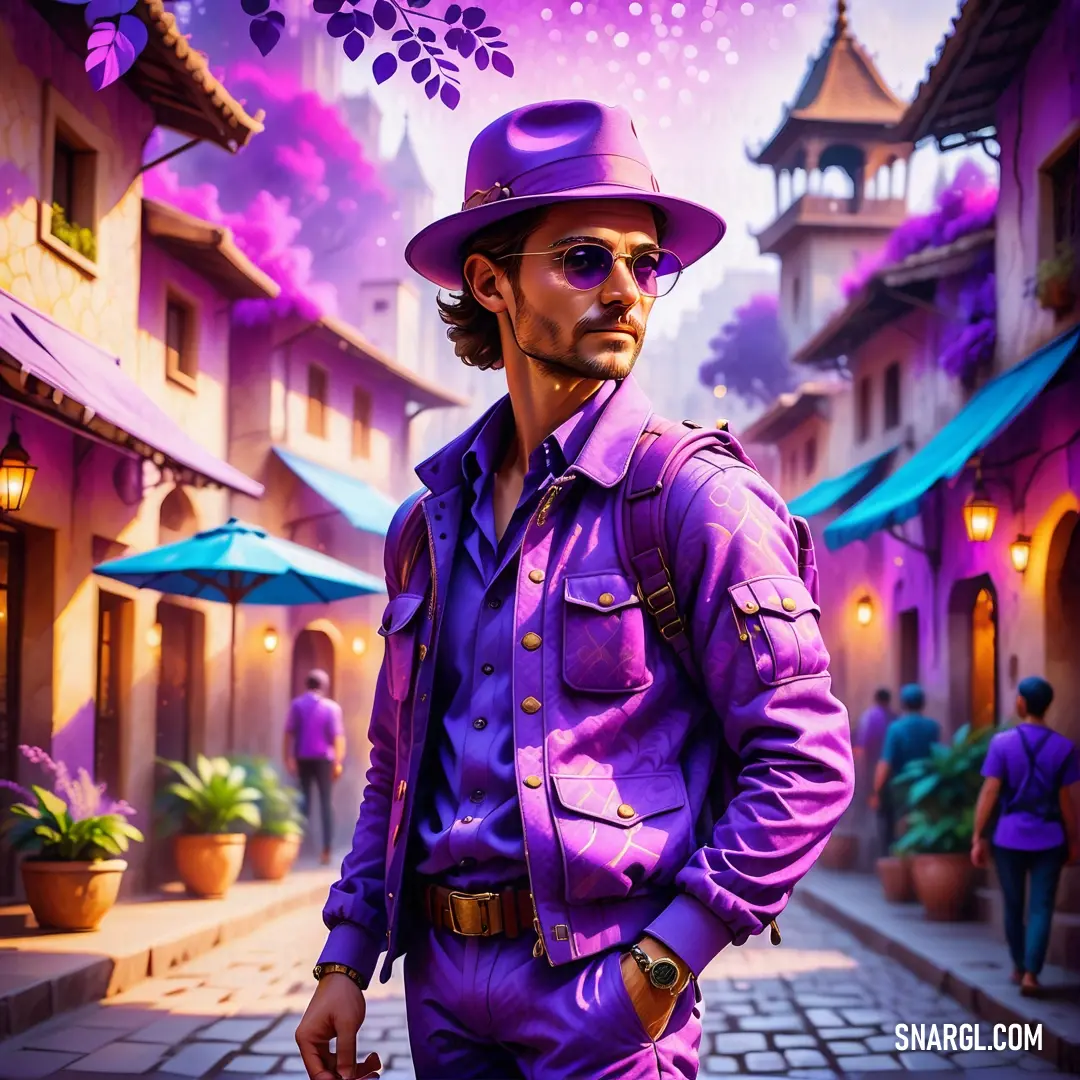
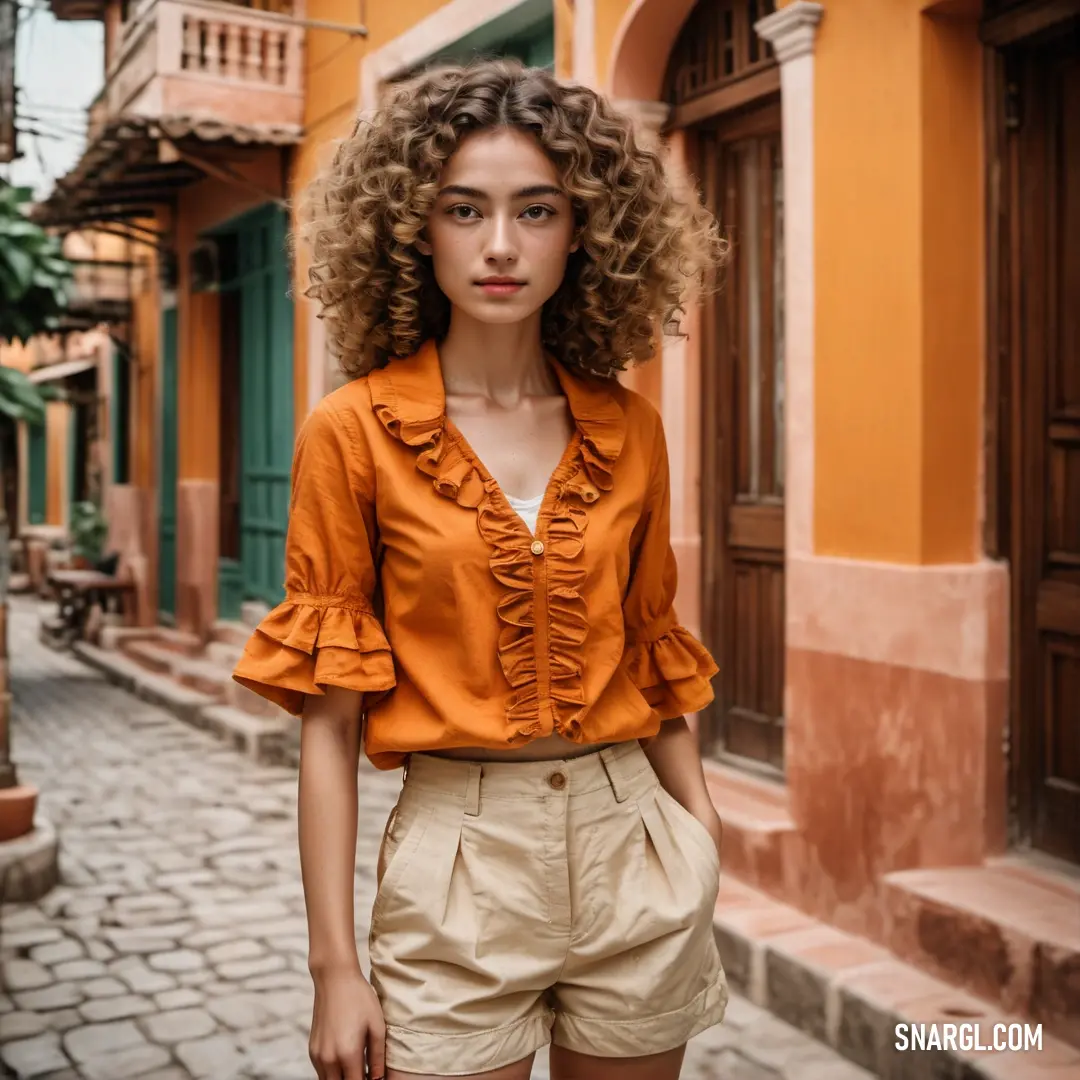
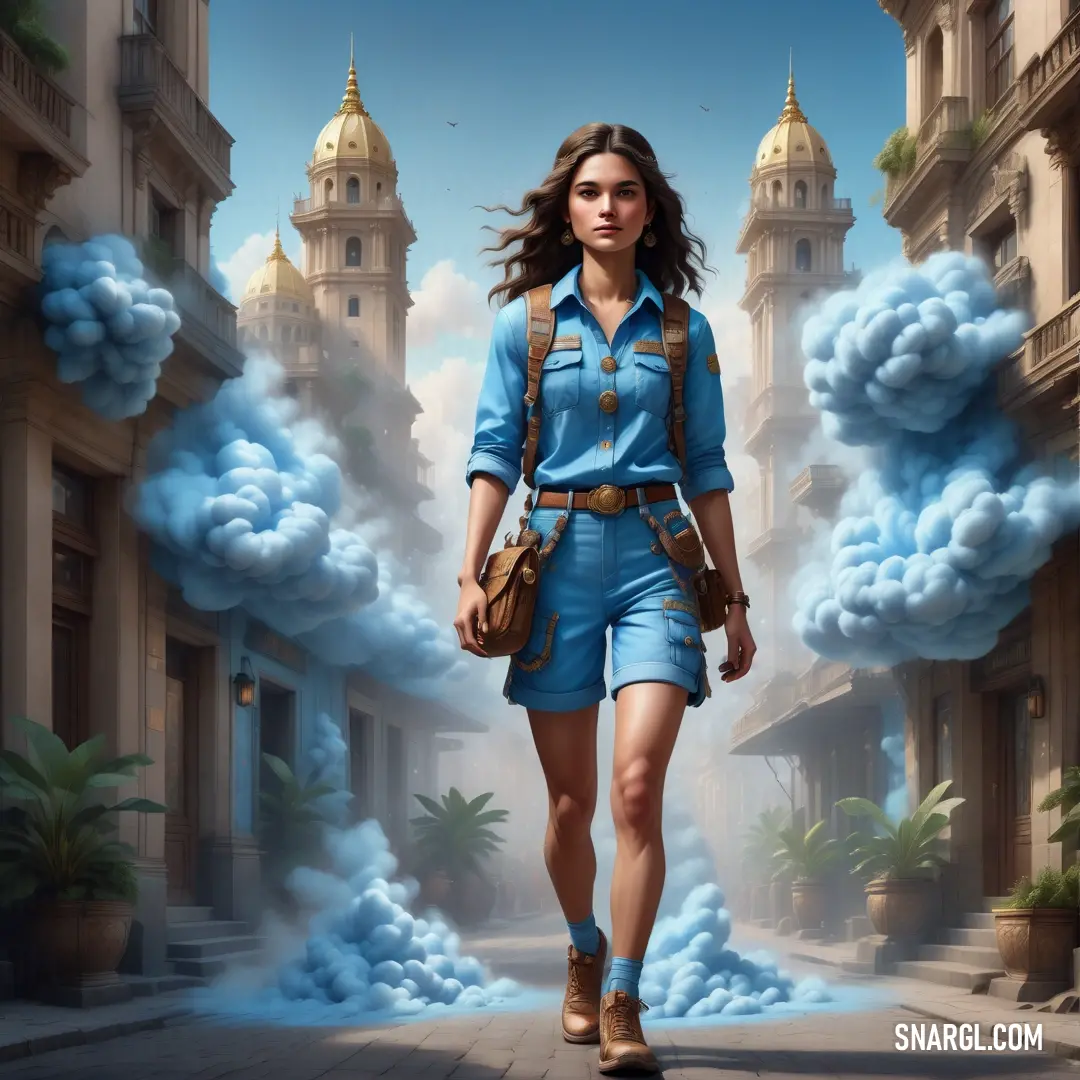
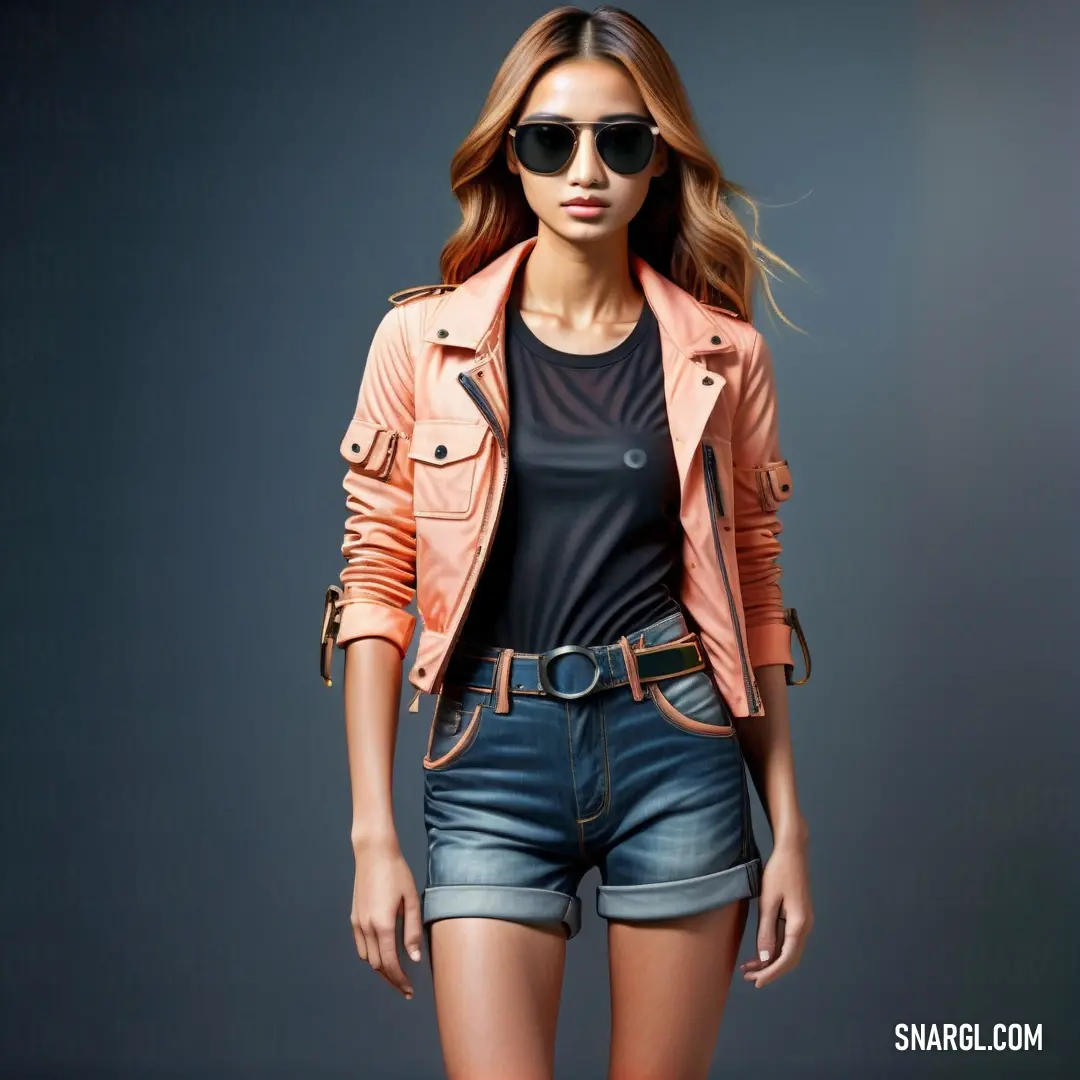
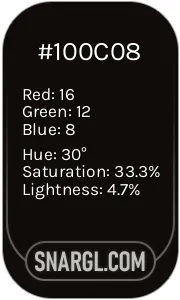 Smoky black
Smoky black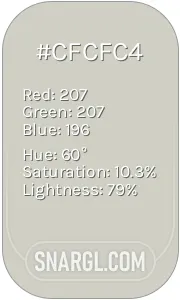 Pastel gray
Pastel gray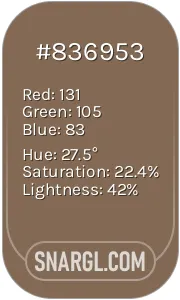 Pastel brown
Pastel brown Dark lava
Dark lava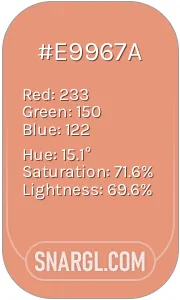 Dark salmon
Dark salmon







